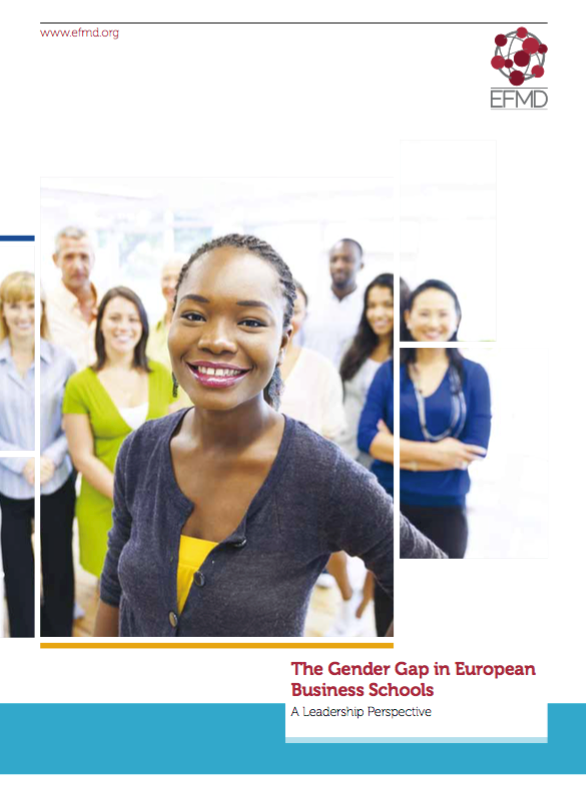The gender gap in European business school faculties and what leaders need to do to close it
Women have comprised more than 50% of university graduates in the EU since at least 1999. Yet, in 2013, women represented less than 21% of Grade A academic staff (the highest positions in the academic hierarchy) in the vast majority of EU member state universities. Business school faculties throughout the EU reflect this pattern. The average proportion of full-time female faculty employed by the top 85 business schools in the Financial Times 2015 European Business School Rankings was 33%.
Why do men continue to overtake women on the academic career ladder?
I recently led a research project with a team of researchers from Copenhagen Business School, Denmark, and Jönköping International Business School, Sweden, to identify answers to this question. The project was initiated and funded in 2014 by EFMD, EQUAL and 11 European business schools. We collected survey data from 108 deans and directors of EFMD member business schools and interviewed in depth 23 business school leaders (e.g. deans, HR-managers, department chairs) at four different business schools. We completed data collection in 2015. The complete report is available to be downloaded here.
Here’s what we found.
The majority of European business school leaders are fully committed to the principle of gender equality and regard the lack of faculty gender diversity as a problem for both the quality of education and the reputation of their schools. However, our data indicate that the proportion of female business academics is barely increasing because business school leaders simply don’t know enough about the key factors contributing to the leaks in the pipeline of female business academics. The best-performing business schools are led by men and women who have a good understanding of the psychological and social phenomena that contribute to the problem, and they have responded to stakeholders – alumni, students, employers, and governments – who call for gender diversity strategies. But the majority of schools lack the understanding of the issues and fail to consult with experts or their own female academics.
The main lesson for European business school leaders? Commitment is only half the battle; you need to seek out input from experts, female academics, and your stakeholders if you seriously want to close the gender gap in your faculties.
About the Author
Dr. Lynn Roseberry is Associate Professor and Equal Opportunities Officer, Department of Management, Politics and Philosophy, Copenhagen Business School, Frederiksberg, Denmark, and Managing Partner at On the Agenda®, creator and provider of Mosaic®, a Serious Game about inclusive leadership.
